Av Fistula Steal Syndrome
Av fistula steal syndrome. Steal syndrome is a relatively common side effect of having an arteriovenous fistula with a reported prevalence of up to 8 in the population receiving haemodialysis and increasing to between 75 and 90 in at risk groups elderly patients patients with diabetes and peripheral vascular disease fig 3 6 17 39 A well developed arteriovenous fistula can limit steal. Distal hypoperfusion ischemic syndrome DHIS commonly referred to as hand ischemia or steal after dialysis access placement occurs in 5-10 of cases when the brachial artery is used or 10 times that of wrist arteriovenous fistulas AVFs using the radial artery. In a large series of 4863 patients the incidence of ischemia relative to type of arteriovenous AV access was reported as follows 5.
Upper extremity ischemia and hemodialysis vascular access. It is uncommon and reportedly only present in 18 of patients. Hemodialysis access-related hand ischemia or steal syndrome causes problems such as hand numbness pain coldness and weakness as well as significantly reduced blood flowpressure to affected tissues.
Slight coldness and numbness that occurs only during dialysis may be self-limited and may resosolve without treatment and Severe Ischemia. Steal-Syndrome was defined according to the guidelines of the Society of Vascular Surgery SVS. A review of the etiologies diagnosis prevention and treatment strategies.
If youre a hemodialysis patient who has a fistula or graft as your vascular access you may be at risk for a serious health complication known as steal syndrome Placement of an arteriovenous fistula AV fistula or graft for dialysis results in an increased blood flow rate through the vein enlarging and strengthening the vein. 1 Although uncommon the dialysis access steal syndrome DASS can present as a serious complication of an AVF characterized by flow dynamic complications that lead to an excess perfusion of the AVF and ischemia of the hand. Ischemic steal syndrome results from hypoperfusion and ischemia of the forearm and hand due to arterial flow through the fistula that steals blood flow from the high resistance distal tissues and shunts it into the low resistance fistula or graft.
The ischemic steal syndrome hand or forearm ischemia is usually a result of arterial disease proximal or distal to the fistula andor poor collateral supply to the hand. Can be permanent and may be associated with constant. The steal syndrome describes arterial insufficiency in the skin and soft tissues of the upper limb beyond a hemodialysis fistula.
AV fistulae in general are constructed in a side of artery-to-end of vein or graft. Understanding the dialysis access steal syndrome. 2 It is.
One is steal syndrome a poorly understood phenomenon associated with the creation of a fistula for hemodialysis access. Haemodialysis is the process by which blood is diverted via the fistula to a hemodialysis machine which externally performs the function of the patients failed kidneys.
Tordoir JHM et al.
1 Although uncommon the dialysis access steal syndrome DASS can present as a serious complication of an AVF characterized by flow dynamic complications that lead to an excess perfusion of the AVF and ischemia of the hand. It is typically seen in elderly women with diabetes and may carry severe. 2 It is. Hemodialysis access-related hand ischemia or steal syndrome causes problems such as hand numbness pain coldness and weakness as well as significantly reduced blood flowpressure to affected tissues. The diagnosis is primarily clinical. A review of the etiologies diagnosis prevention and treatment strategies. Distal hypoperfusion ischemic syndrome DHIS commonly referred to as hand ischemia or steal after dialysis access placement occurs in 5-10 of cases when the brachial artery is used or 10 times that of wrist arteriovenous fistulas AVFs using the radial artery. Upper extremity ischemia and hemodialysis vascular access. 1 Although uncommon the dialysis access steal syndrome DASS can present as a serious complication of an AVF characterized by flow dynamic complications that lead to an excess perfusion of the AVF and ischemia of the hand.
In a large series of 4863 patients the incidence of ischemia relative to type of arteriovenous AV access was reported as follows 5. Ischemic steal syndrome results from hypoperfusion and ischemia of the forearm and hand due to arterial flow through the fistula that steals blood flow from the high resistance distal tissues and shunts it into the low resistance fistula or graft. Can be permanent and may be associated with constant. The diagnosis is primarily clinical. Brachiocephalic AV fistula with ligation of deep perforating branch Clamping of perforating vein increased radial artery pressure significantly after brachiocephalic AV fistula Ligation of deep perforating branch recommended for improved fistula maturation and reduced incidence of steal following brachiocephalic AV fistula Moini et al. Steal syndromestrategies to preserve vascular access and extremity Introduction. 1 Although uncommon the dialysis access steal syndrome DASS can present as a serious complication of an AVF characterized by flow dynamic complications that lead to an excess perfusion of the AVF and ischemia of the hand.


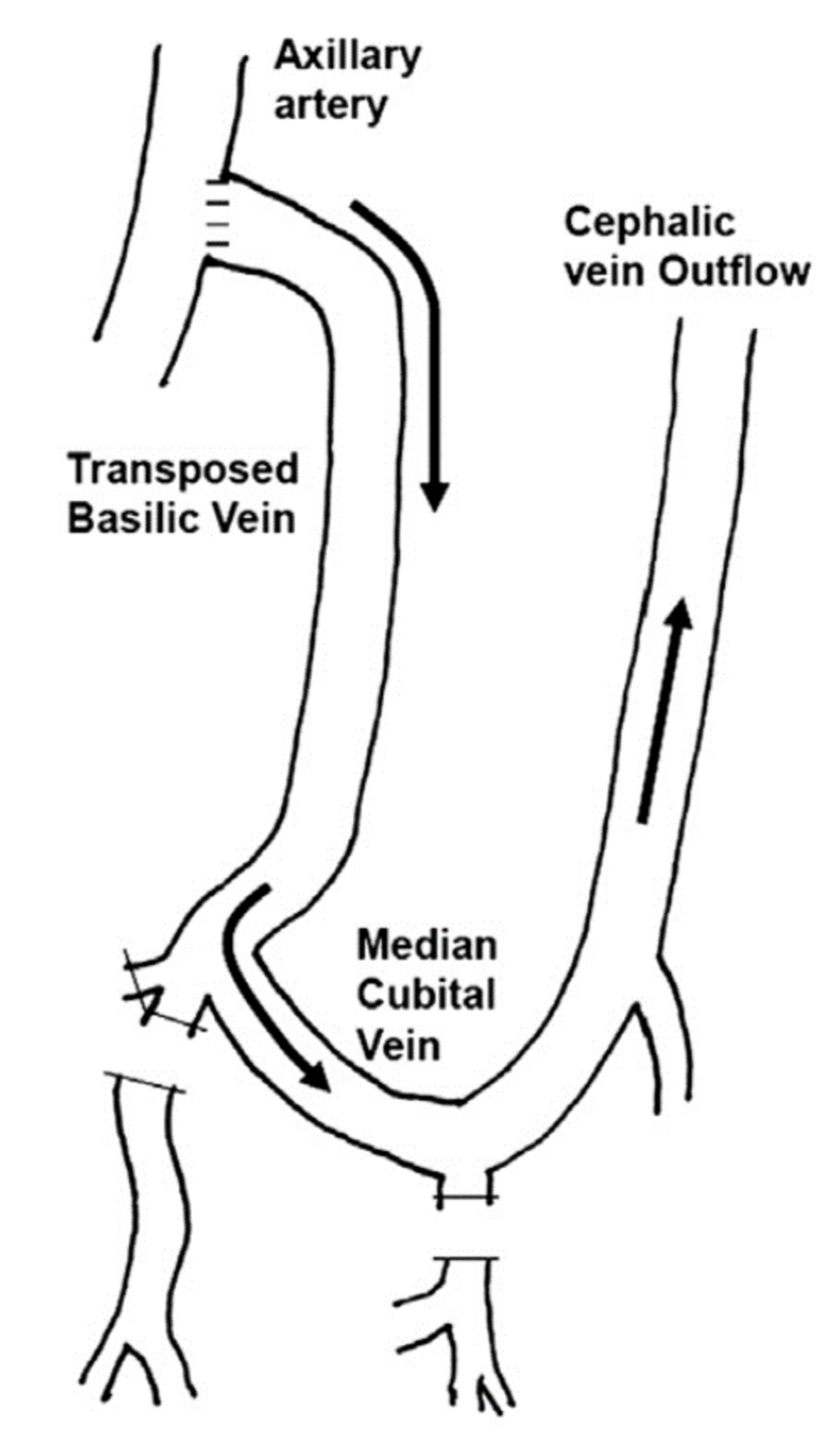


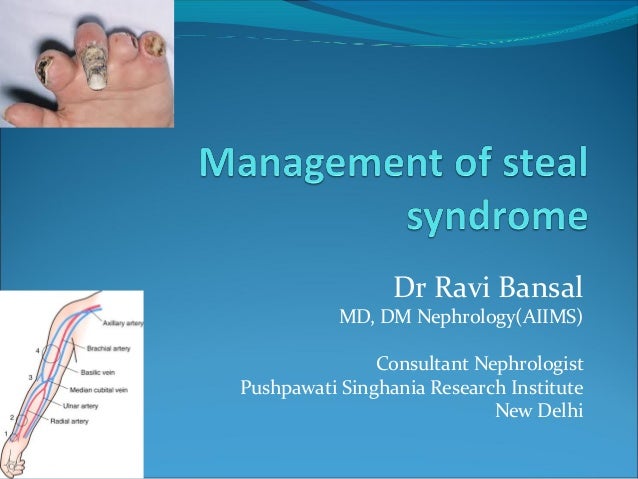

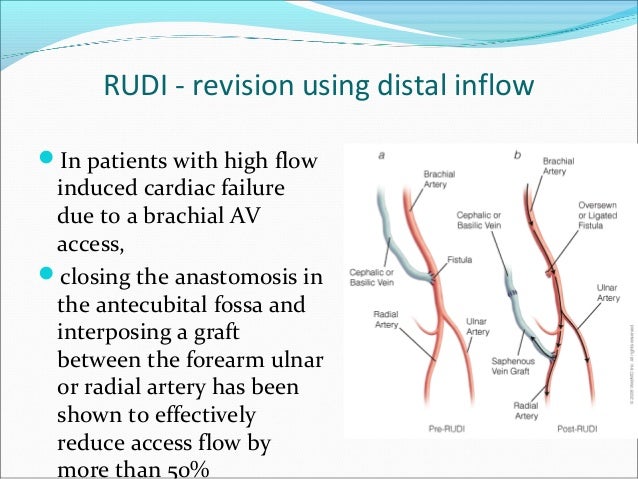


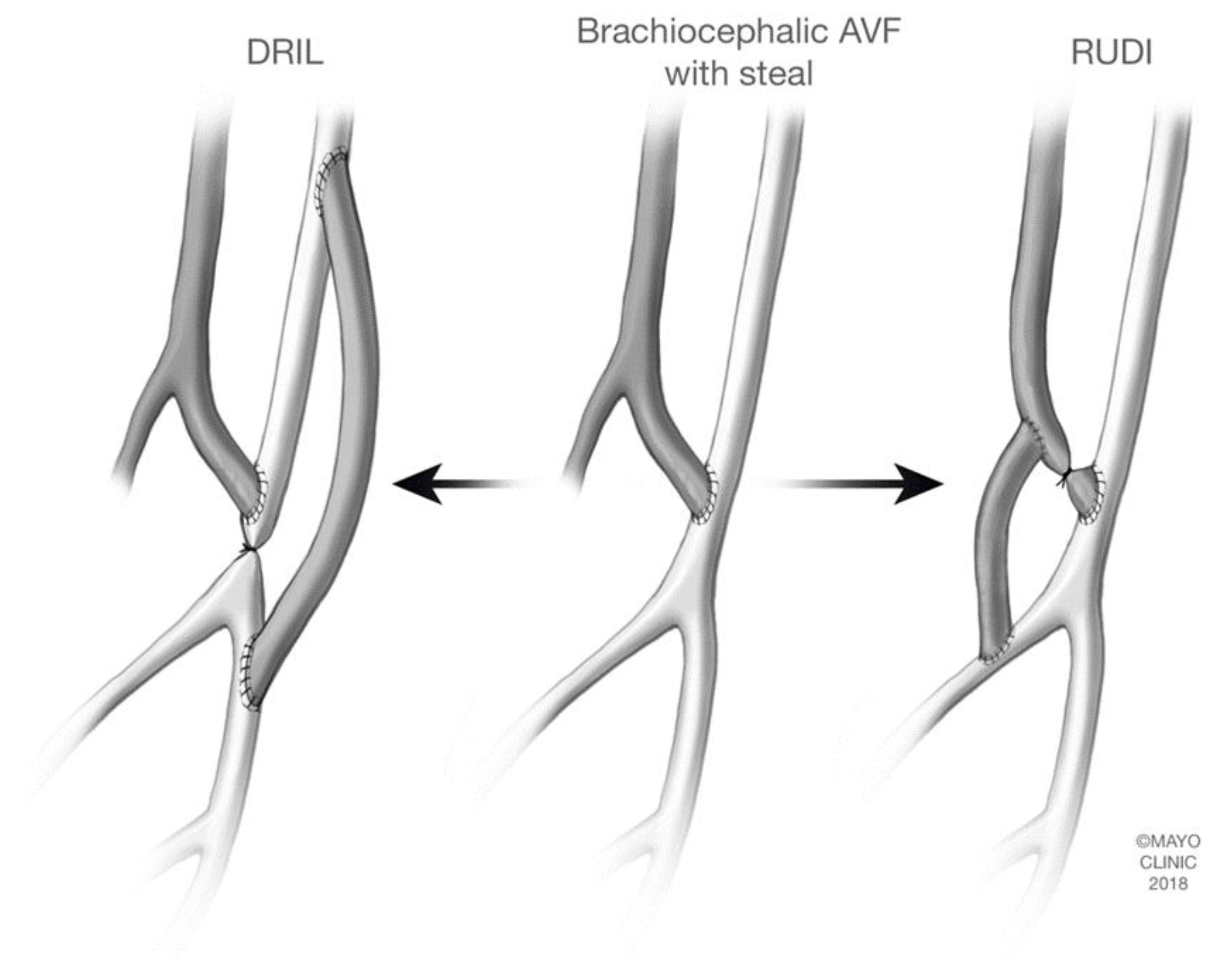








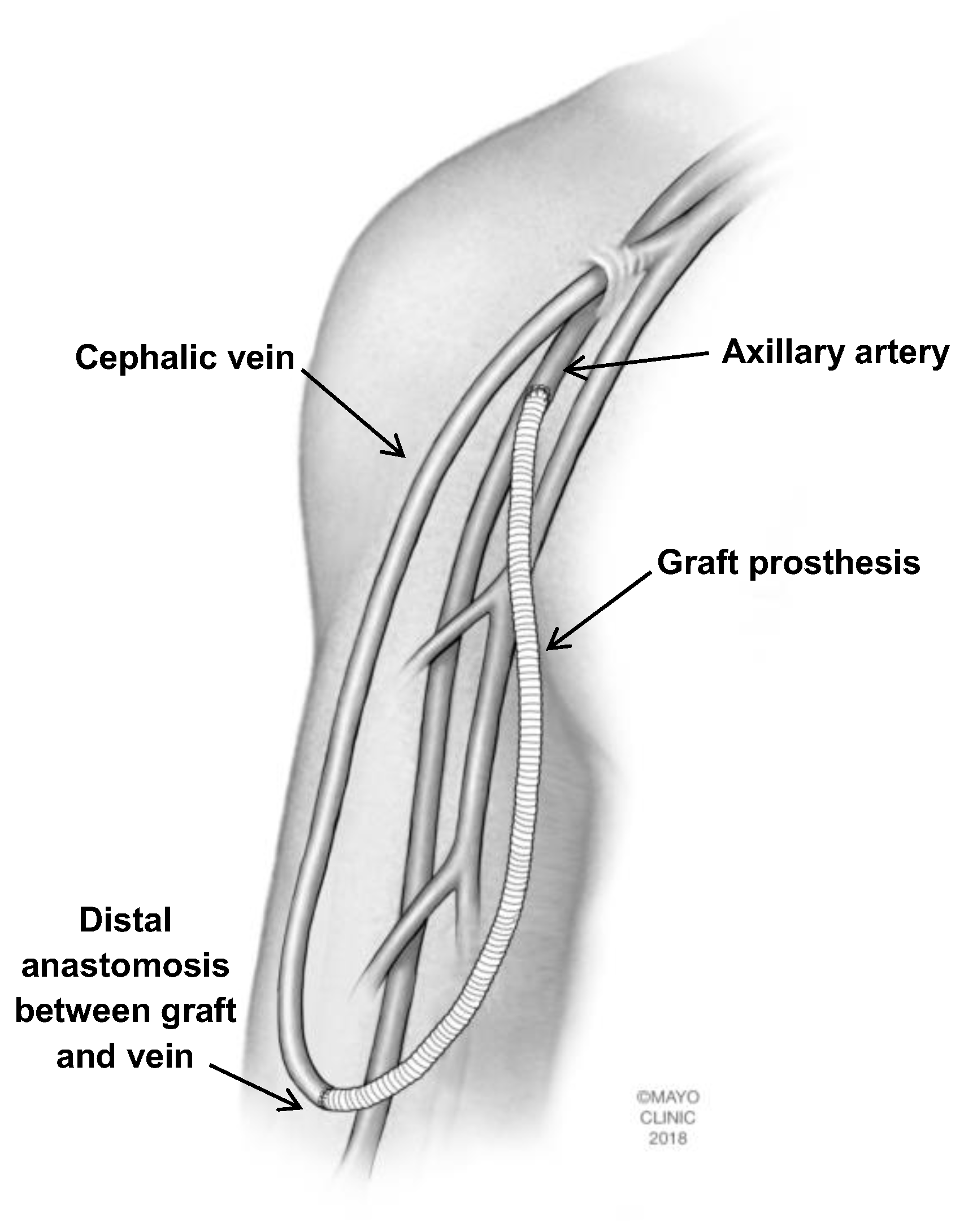


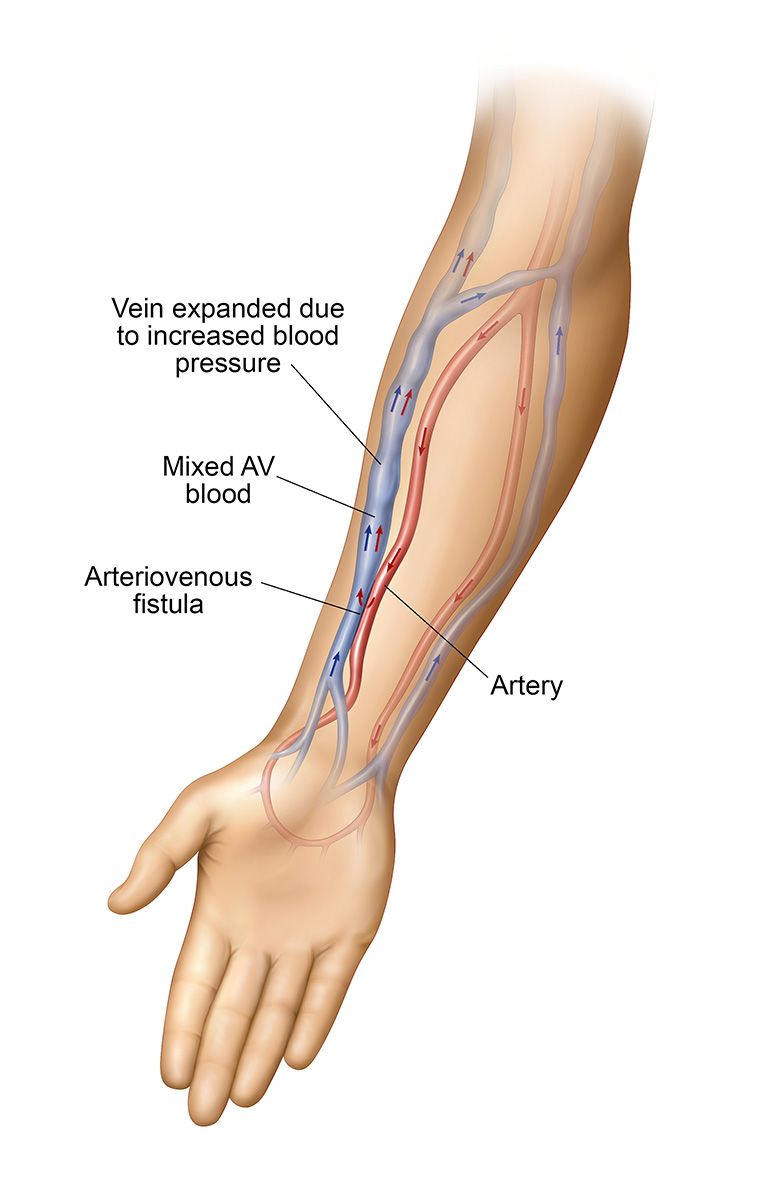












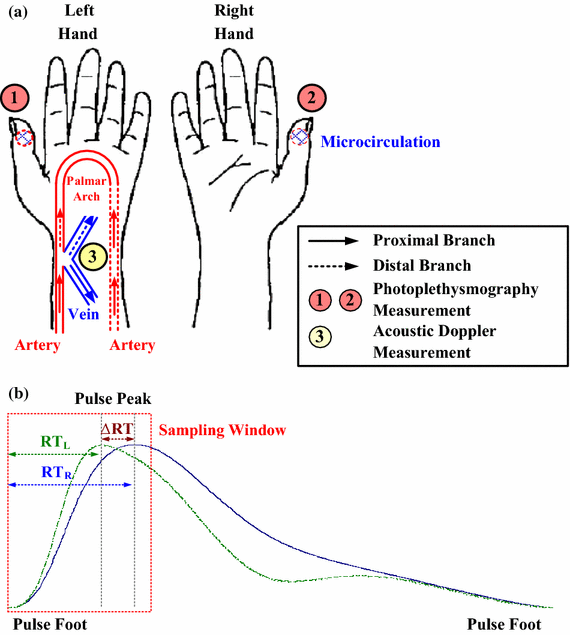





Post a Comment for "Av Fistula Steal Syndrome"